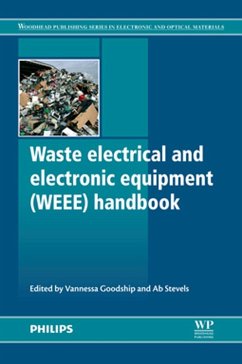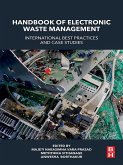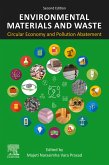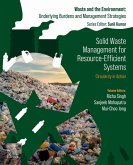Part one introduces the reader to legislation and initiatives to manage WEEE. Part two discusses technologies for the refurbishment, treatment and recycling of waste electronics. Part three focuses on electronic products that present particular challenges for recyclers. Part four explores sustainable design of electronics and supply chains. Part five discusses national and regional WEEE management schemes and part six looks at corporate WEEE management strategies.
With an authoritative collection of chapters from an international team of authors, Waste electrical and electronic equipment (WEEE) handbook is designed to be used as a reference by policy-makers, producers and treatment operators in both the developed and developing world.
- Draws lessons for waste electrical and electronic equipment (WEEE) policy and practice from around the world
- Discusses legislation and initiatives to manage WEEE, including global e-waste initiatives, EU legislation relating to electronic waste, and eco-efficiency evaluation of WEEE take-back systems
- Sections cover technologies for refurbishment, treatment and recycling of waste, sustainable design of electronics and supply chains, national and regional waste management schemes, and corporate WEEE management strategies
Dieser Download kann aus rechtlichen Gründen nur mit Rechnungsadresse in A, B, BG, CY, CZ, D, DK, EW, E, FIN, F, GR, HR, H, IRL, I, LT, L, LR, M, NL, PL, P, R, S, SLO, SK ausgeliefert werden.









